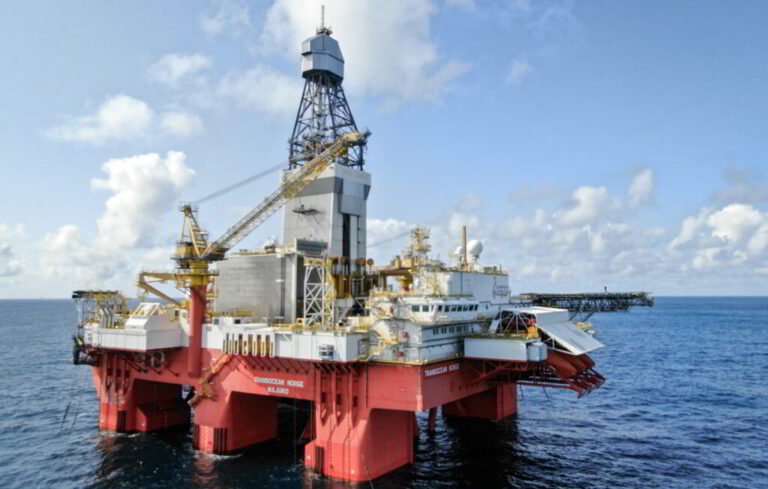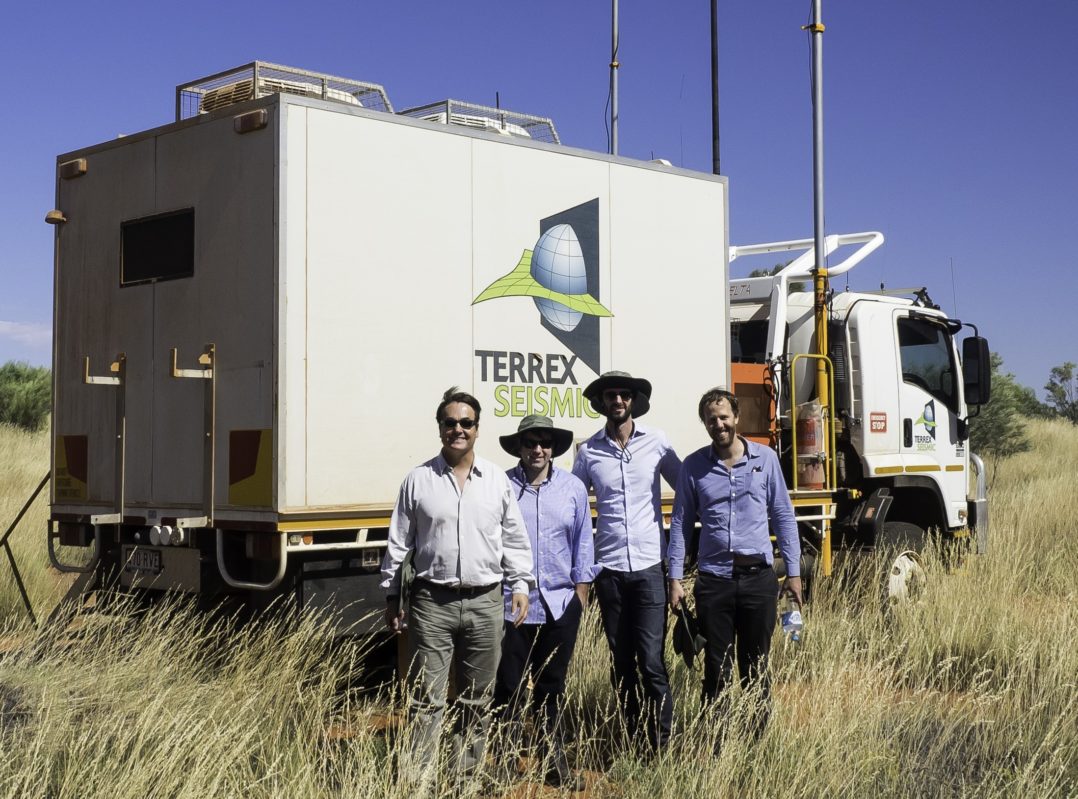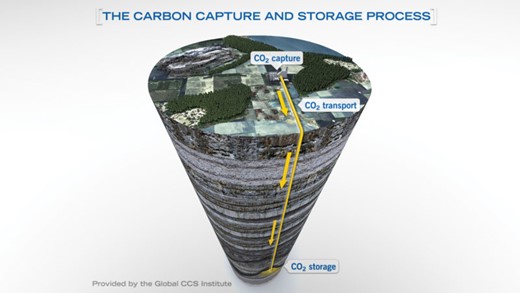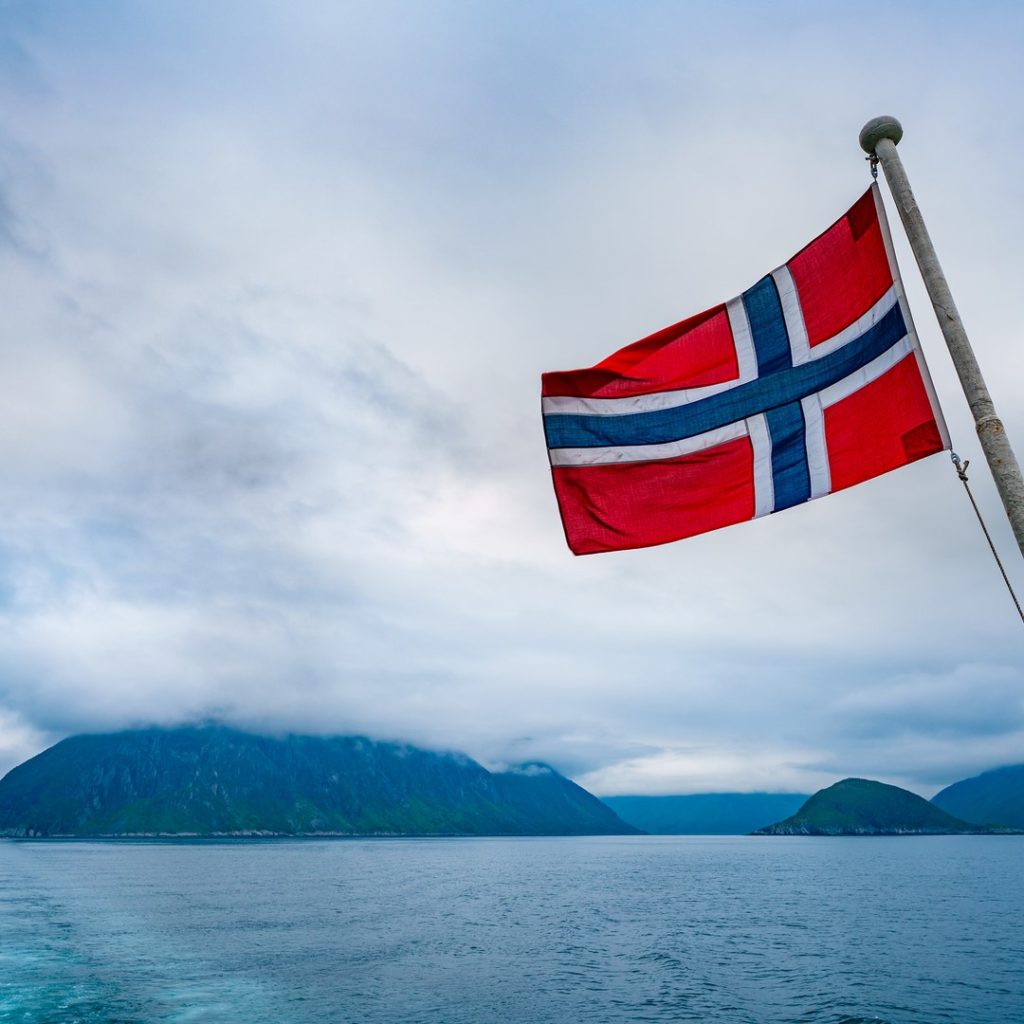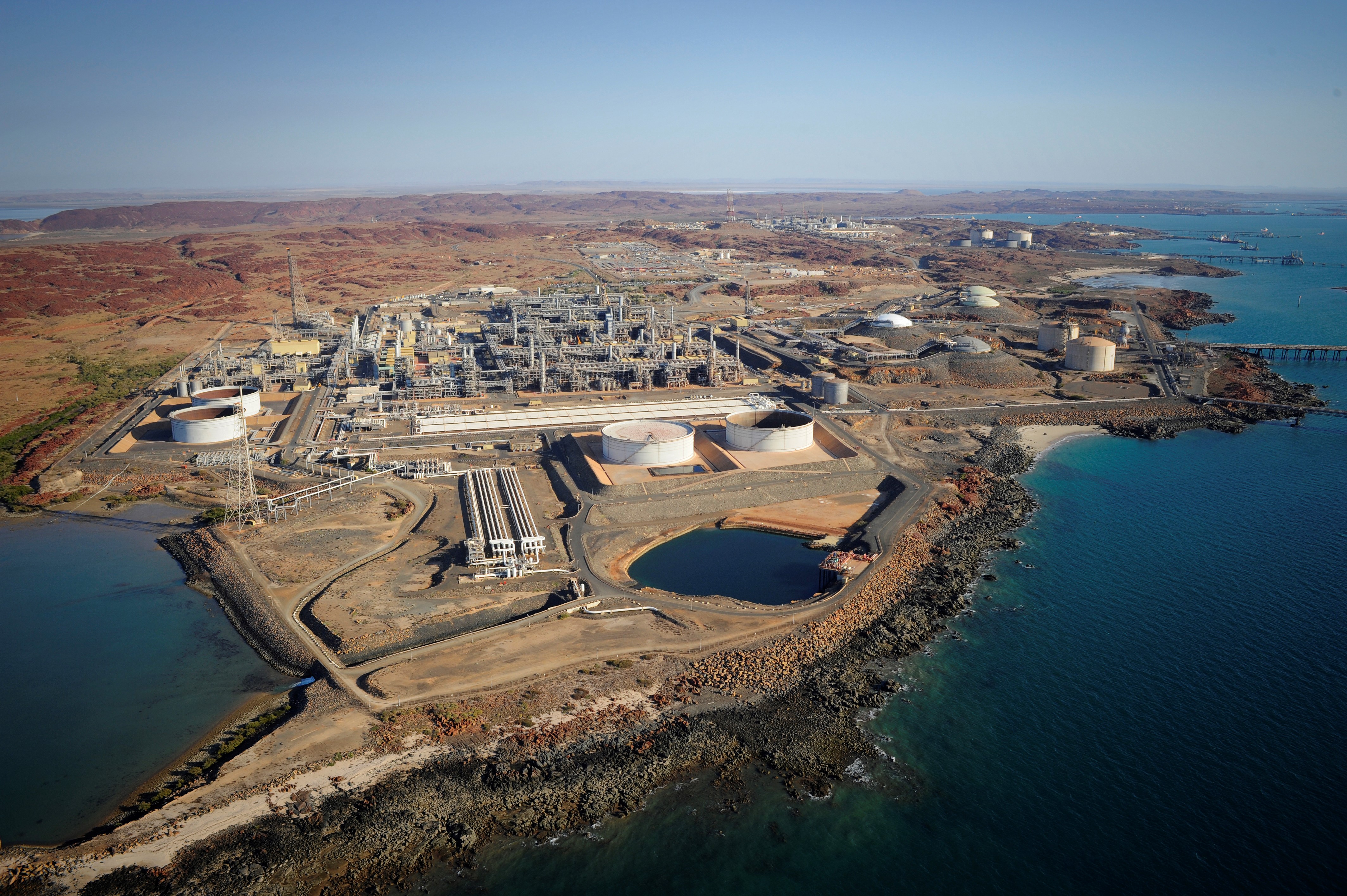OMV Norge, a Norwegian subsidiary of Austrian OMV, has made a new gas discovery in a wildcat well off the coast of Norway with the Transocean semi-submersible rig Norge.
OMV, is the operator of PL 1194, and drilled the wildcat well 6605/6-1 S in the Norwegian Sea targeting the Haydn/Monn exploration prospects, which led to a discovery with estimated recoverable volumes between 30 and 140 million boe.
Located 300 km west of Norway in water depths of 1,064 meters, the gas discovery is located approximately 65km from the Polarled pipeline and the Aasta Hansteen field. OMV is the operator of PL 1194 with a 40% working interest with partners Vår Energi (30%) and Inpex Idemitsu Norge (30%).
Berislav Gašo, OMV’s Executive Vice President of Energy, commented: “By focusing on gas as a transition fuel, OMV invests in affordable energy solutions and contributes to a more sustainable energy mix. We aim to increase the share of gas in our production portfolio to 60 percent by 2030. A commercial discovery will further advance our diversification, while high grading our portfolio in Norway. Ultimately, today’s news further solidifies our position as a reliable gas supplier in Europe.“
The license partners will evaluate the discovery to determine whether a potential gas field development to nearby infrastructure is feasible. OMV expects that a subsea development to the Aasta Hansteen host platform will enable faster planning and execution, lower development costs and a reduced carbon footprint.
The Norwegian Offshore Directorate said that this is the first well to be drilled in production license 1194, awarded in the awards in predefined areas (APA) in 2022. Preliminary estimates for the size of the discovery in the primary exploration target are between 4 and 12 million standard cubic meters of recoverable oil equivalent.
The the size of the volumes is uncertain. The primary exploration target was to prove petroleum in Upper Cretaceous reservoir rocks in the Springar Formation, and secondarily in the Nise Formation, also in the Upper Cretaceous.
The well 6605/6-1 S was not formation-tested, but extensive data acquisition and sampling were acquired and the well encountered a gas column of around 20 meters in the primary exploration target, of which 13 meters were in sandstone reservoir rocks with moderate to good reservoir quality. The gas/water contact was not encountered.
Sandstone layers, totalling around 11 meters, were encountered in the lower part of the Springar Formation. A preliminary estimate indicates between 0.5- 5 million standard cubic meters of recoverable oil equivalent.
An additional a gas column of around 5 meters was discovered in the secondary exploration target in the Nise Formation, in sandstone reservoir rocks with moderate reservoir quality. Preliminary estimates show between 0.5- 6 million standard cubic meters of recoverable oil equivalent.
The well 6605/6-1 S was drilled to vertical and measured depths of 4,641 and 5,123 meters below sea level and was terminated in the Nise Formation in the Upper Cretaceous. The water depth is 1,064 meters. The well has been permanently plugged and abandoned.
“This discovery could unlock the life of the Aasta Hansteen gas hub, in which OMV already has a stake,” highlighted Gašo.

